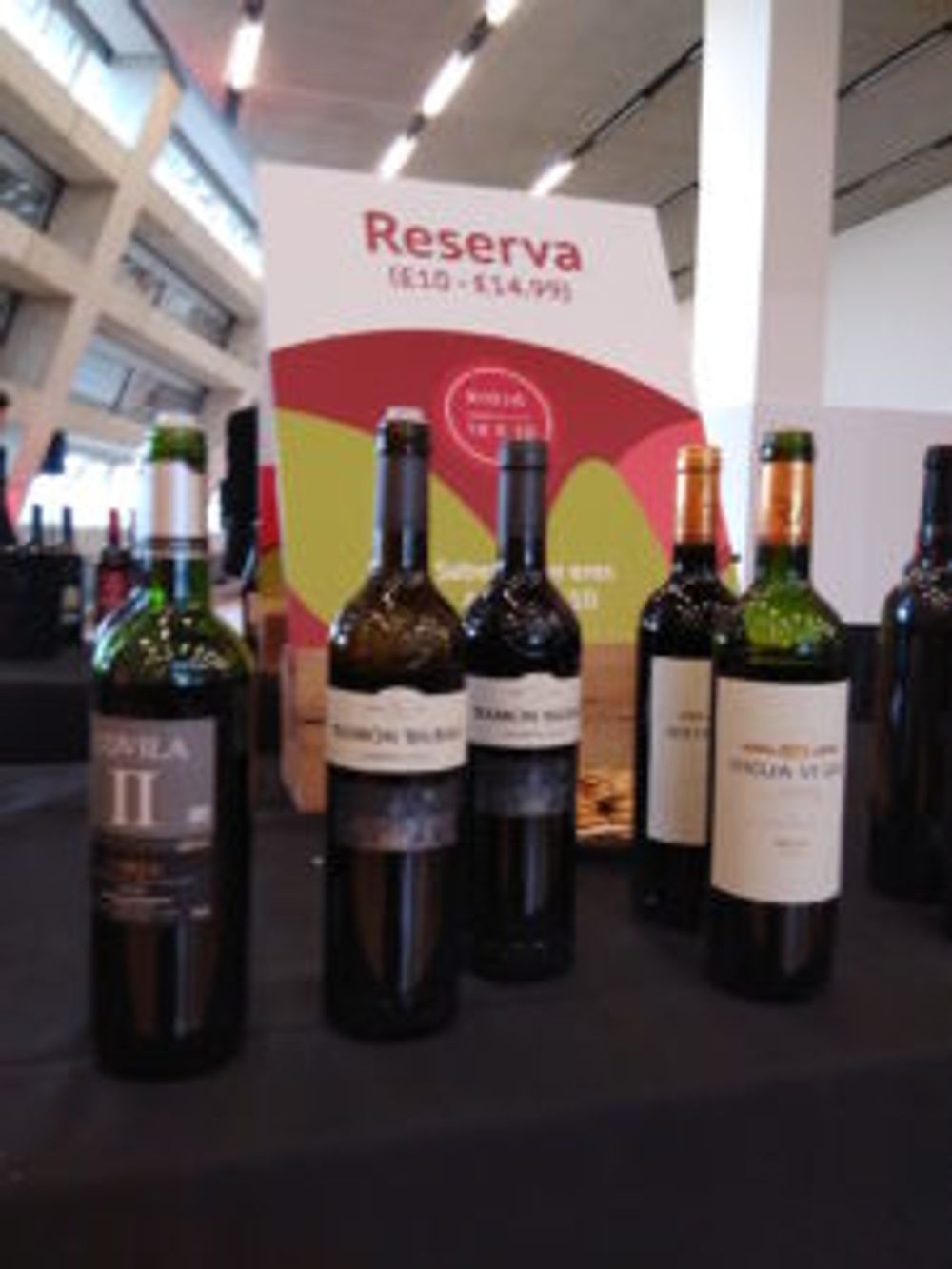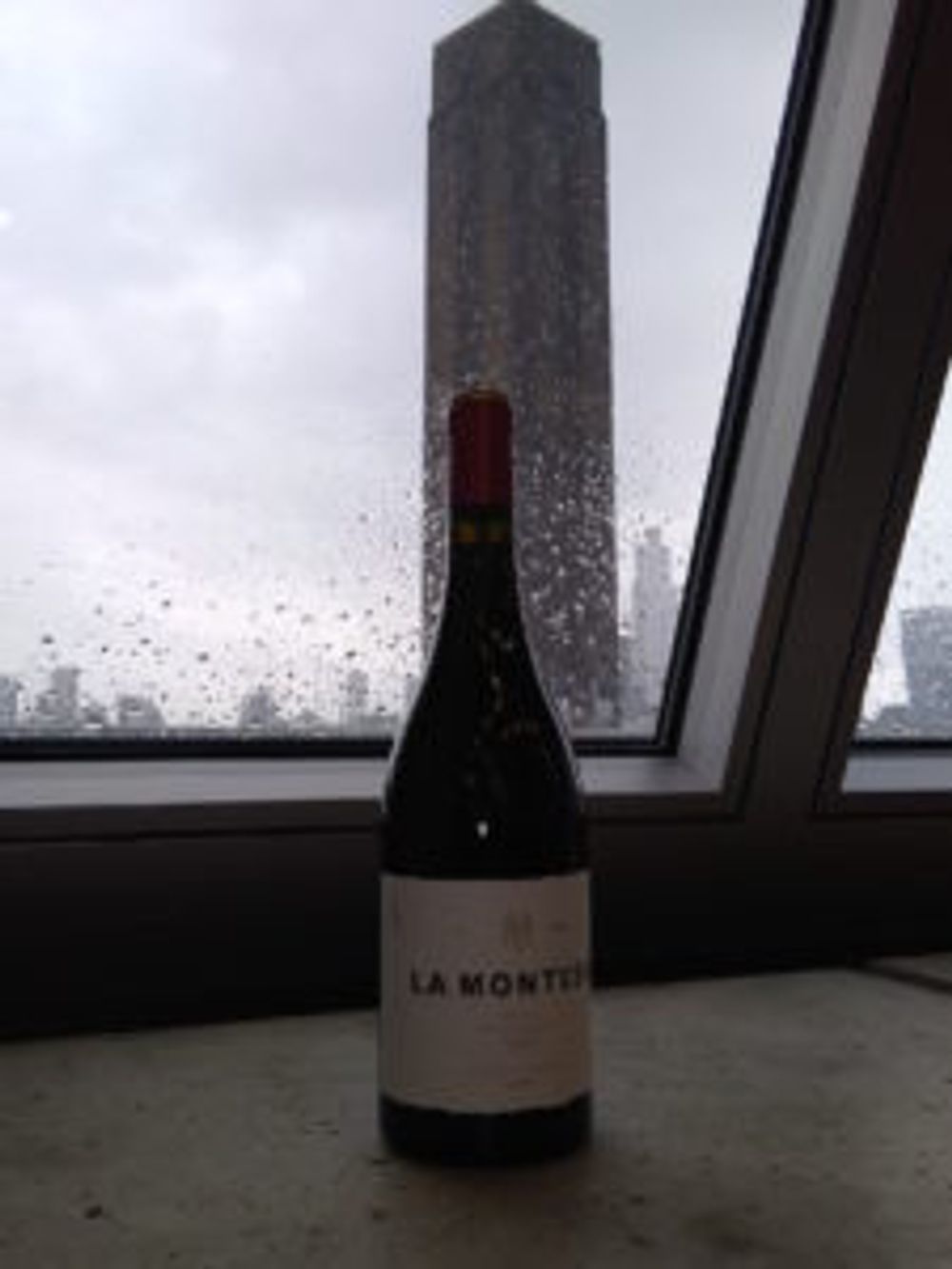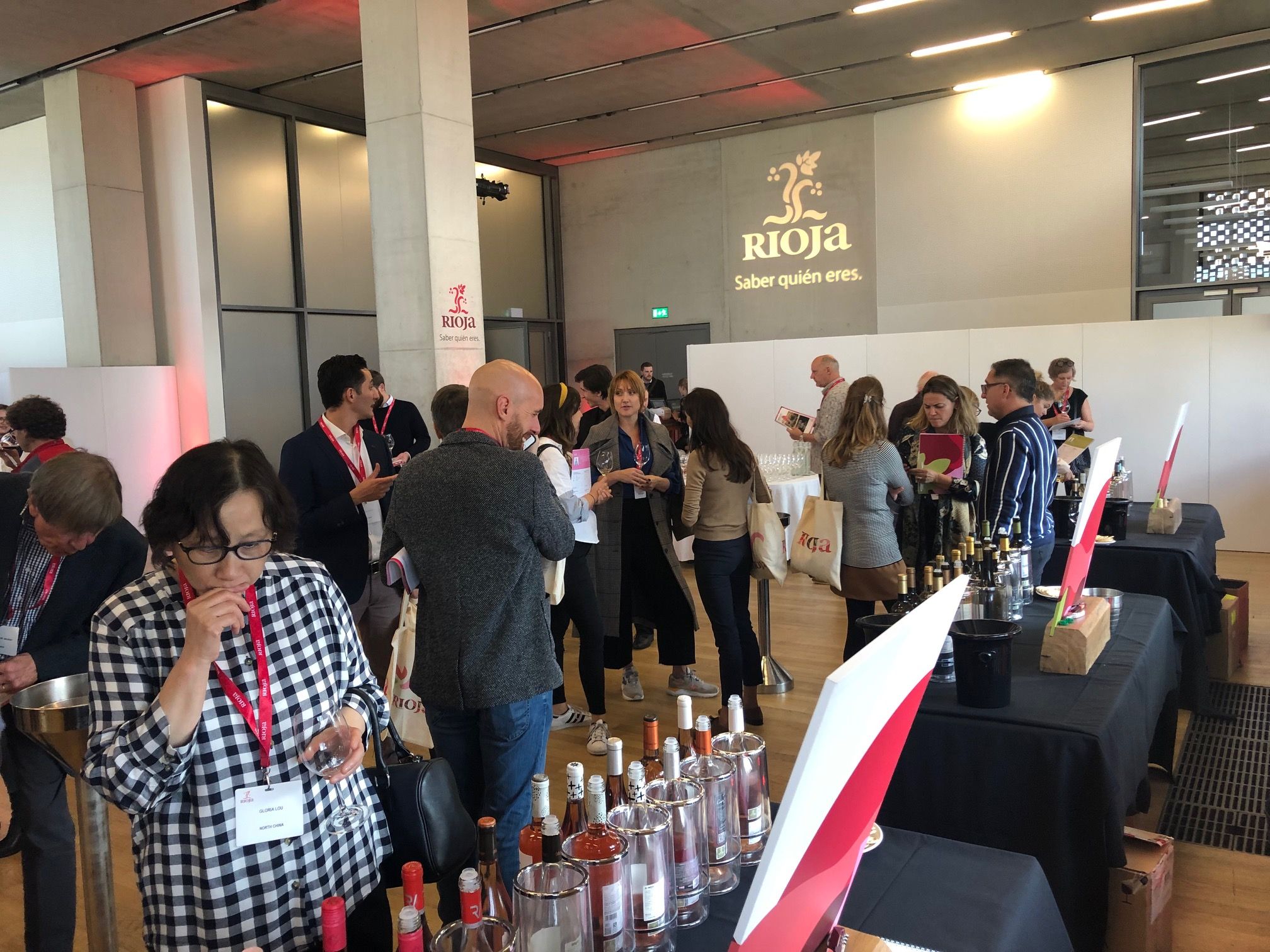“The Denominacion is rather bottom-heavy and ungainly in places (not unlike the Blavatnik Building) but its lifeblood flows as smoothly as the Ebro, aided in no small measure when it is showcased by tastings as good as this one,” writes Simon Field MW.
‘Saber quién eres’… hands up those who, like me, don’t really quite know exactly what this now familiar Rioja strapline actually means? Something like ‘I want to know who you are’ or, given that it launches on an infinitive, ‘To know who you are’…. slightly enigmatic therefore and maybe not entirely helpful in the promotion of a strong brand message to a non-Spanish-speaking audience.
And make no mistake, Rioja has its foundations solidly cleaved to the concept of branding; with 362 million bottles to sell a year, and the dominance of large houses, one is reminded of the brand equity in Champagne, an affinity that one can only take so far given that the average retail price for a bottle of Rioja in the UK is £7.16! Not bad, however, if one considers that for Spain as a whole that figure comes down to £5.72, and for all categories it’s £ 5.98. Given that the UK takes 30% of Rioja’s exports and that Rioja alone makes up 3.9% of the UK still wine market, it’s clearly a major player. And therefore important to know exactly quién eres.

Now in its fifth year, the 10 x 10 Rioja Tasting is as good a way as any to find out. Expertly curated by Tim Atkin MW and Sarah Jane Evans MW and a team of Rioja-philes, the competition sifts through a vast entry to identify, in neatly delineated categories, the best in class. There are ten classes in all, two for white, one rosado, a Crianza, two for Reserva, one for Gran Reserva , one for non-Tempranillo reds, and then a Generico for those who, for whatever reason, do not subscribe to the extant classification and finally, a Critic’s Table, featuring some of the best of the best. Atkins and Evans were completely unabashed to have purloined their particular favourites from the other categories, and this table therefore provided a worthy conclusion to a more than worthy event.
The tasting this year has been elevated, in more sense than one, to the panoramic sixth floor of the Blavatnik extension of Bankside’s Tate Modern. Controversial and somewhat ungainly from the outside, yet with a beautifully composed interior, this structure does not want for symbolic potential… some may argue that many of the new-look Riojas are equally architecturally challenging and do little to enhance the reputation of the Denominacion.
Indeed, as Atkin points out, there are changes afoot in Rioja, changes which he describes as welcome; one of the key innovations, the Viñedo Singular (now officially ‘live’ with the recent release of the 100% Garnacha, Canterabuey from Viñedos de Alfaro) celebrating and promoting the single vineyard concept and therefore, for some, a radical departure. How will such site-specific innovation sit with a heritage of cross-regional blends, not to mention a classification which prioritises time (the Crianza to Gran Reserva template) over place? How indeed. A debate for another time…another place.
Back to The Tate, and a really fascinating snapshot of where Rioja sits today. An increasingly significant seat for the white wines, both unoaked and traditionally oaky; honourable mention to the Rosados, with Tempranillo and Garnacha sharing the bill, and no sign of the dark syrupy glue of yore.

The only slightly disappointing category was the Crianzas, a shame as 2016, although to me not quite as good as 2015, is shaping up well in general. The Crianzas were often strangely lean, their acidity othen ungainly in its protusion; at this level Rioja has to have a degree of generosity of fruit, but with the oak in discrete support; complexity is not key, merely the ability to give pleasure which I felt was a little lacking in the ten wines on display. This is worrying as this is still the driver of the category and here the quality/price matrix is fundamental.
Better wines in both Reserva and Gran Reserva categories, as one would expect, most cleaved to tradition with reassuring dignity and great aplomb. The non-Tempranillos were dominated, as one may expect, by Garnacha; I fully concur with Atkin who says that “this brilliant grape is coming back into vogue”, but honourable mention should also go to the brace of Gracionos and the always fascinating Maturana Tinto.

Then a decidedly mixed bag for the Generico section; only wines retailing over £15 were selected (to manage volumes) and there were plenty of heavy bottles and ambitious extract. The field was generally made up of younger wines from 2016, so maybe they just need a little more time. Finally the Chairs’ Choices; in addition to my own 10 x 1 selection (below) I was extremely impressed by a spicy if youthful Garnacha (Gómez Cruzado Pancrudo Selección Terroir from 2017), one of Atkin’s top choices; a magnificently complex blend, 40% of which is made up of Maturana from Dominio de Berzal, called, accurately 7 Varietales.
A fascinating and well-focused tasting then, demonstrating some of the changes in train but underlining the virtues of a traditional system which has few peers. One has, of course, to change and adapt to survive, but one should not change for the sake of it. Tasting such stalwarts as La Rioja Alta’s Vina Arana GR, CVNE’s Imperial, both from 2012, and the slightly older Real Rubio GR 2008 remains one of the very special qualities of fine Rioja. The Denominacion is rather bottom-heavy and ungainly in places (not unlike the Blavatnik Building) but its lifeblood flows as smoothly as the Ebro, aided in no small measure when it is showcased by tastings as good as this one.
My 10 x 1 from the 10x 10
Unoaked White
Vivanco, Blanco, 2018 (50% Viura, 35% Tempranillo Blanco, 15% Maturana Blanca) £15.78
Oaked White
Finca Allende, Rioja Blanco, 2015 (95% Viura, 5% Malvasia) £25.75
Rosado

Bodegas Valenciso, Rosado, 2018 (100% Tempranillo) £13
Crianza
Leza Garcia, Tinto Familia Crianza, 2016 (100% Tempranillo)£11.99
Reserva £10 – £14.99
Bodegas Ramón Bilbao, Reserva, 2014 (90% Tempranillo, 10% Mazuelo/Graciano) £14.95
Reserva –Over £15
Marqués De Cáceres, Gaudium Gran Vino, 2014 (95% Tempranillo, 5% Graciano) £44.99
Gran Reserva
La Rioja Alta, Viña Arana, 2012 (95% Tempranillo, 5% Graciano) £35
Non-Tempranillo Reds

Bodegas Palacios Remondo, La Montesa Crianza, 2016 (90% Garnacha, 10% Tempranillo) £19.50
Genérico (Premium Over £15)
Bodegas Covina, Aex, 2015 (100% Tempranillo) £24.95
Chair’s Choice
Abel Mendoza, Viura, 2017 (100% Viura ) £28.99










































